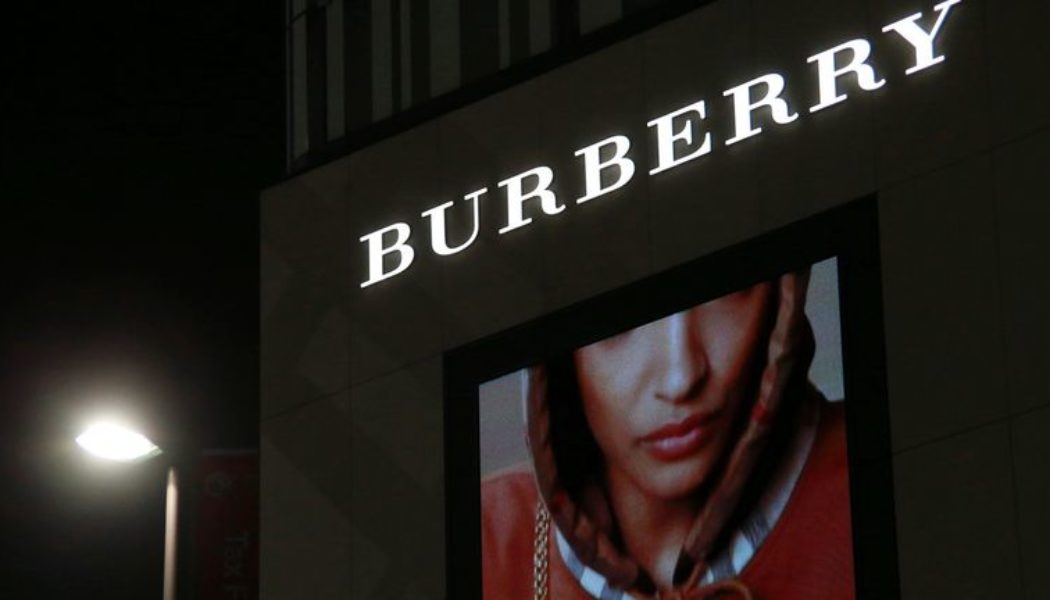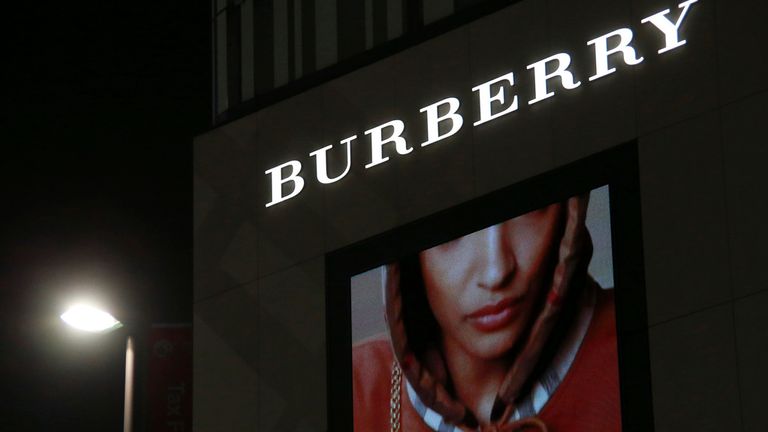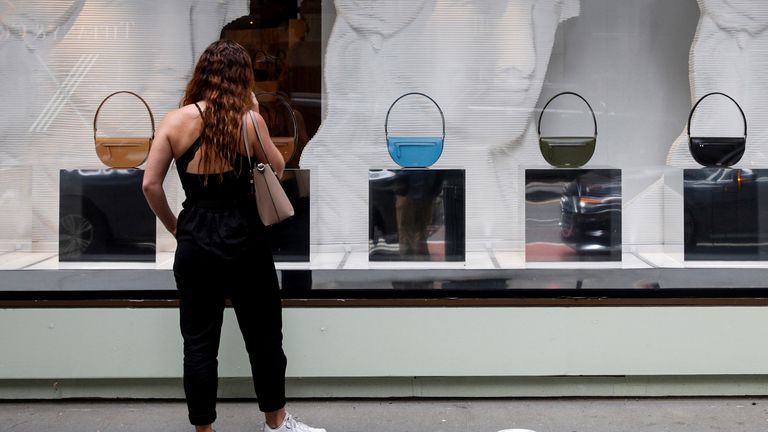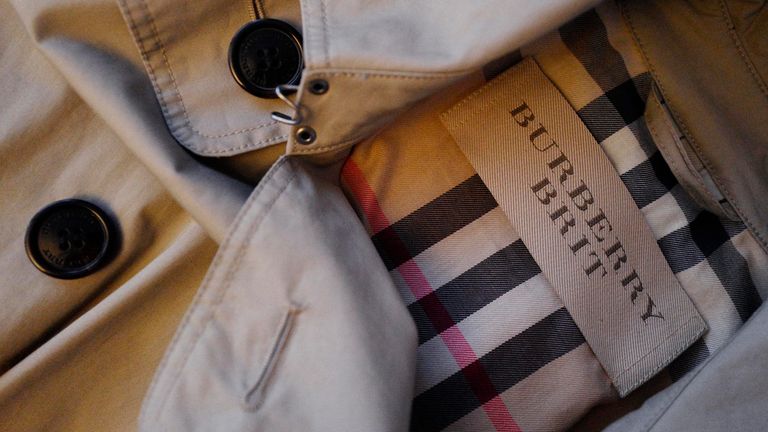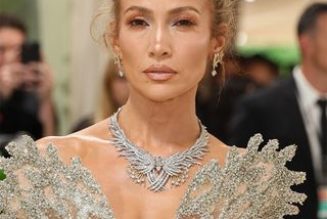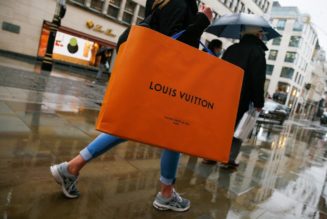It’s no secret that companies in the luxury goods sector have been going through a rough patch.
After a boom for the sector following the end of the pandemic, during which consumers engaged in ‘revenge shopping’ as they spent the enforced savings built up during the lockdowns, the last year or so has seen a slowdown in sales.
Money blog: Mars admits Celebrations have been shrunk ahead of Christmas
And nowhere has that been felt more acutely than at Burberry.
The UK‘s only global luxury brand announced this morning it was parting company with Jonathan Akeroyd, its chief executive, after only two years in the job.
The news comes as little surprise. The fashion industry has been rife with gossip for weeks that Mr Akeroyd was heading towards the exit after the fashion blog Miss Tweed reported that Gerry Murphy, Burberry’s chairman, had been secretly interviewing candidates to succeed him.
Burberry denied this at the time, insisting Mr Akeroyd enjoyed the board’s full confidence, but the fact that the company was able to unveil a successor for him immediately suggests there was some substance to the talk.
Mr Akeroyd will be replaced by Joshua Schulman, who was previously chief executive of the US fashion brand Michael Kors from 2021 to 2022 and brand president at Coach from 2017 to 2020.
Mr Murphy said today: “I am pleased that Josh will be joining Burberry as our new chief executive officer. Josh is a proven leader with an outstanding record of building global luxury brands and driving profitable growth.
“He has a strong understanding of our brand and shares our ambition to build on Burberry’s unique creative heritage. His extensive experience in luxury and fashion will be key to realising Burberry’s full potential.”
Dreadful trading statement
The reason for the boardroom reshuffle was spelled out in a quite dreadful trading statement in which Burberry admitted that, during the 13 weeks to 29 June, its comparable store sales – a measure stripping out the impact of openings, closures and refurbishments – were down 21% on the same period last year.
The company has, as a result, suspended its dividend. It is also consulting with employees with around 200 redundancies worldwide in the offing.
Burberry explained: “The slowdown in trading we experienced in [the first quarter of our financial year] continued into July. If this trend were to continue through the current quarter, we would expect to report a half-year operating loss and full year operating profit to be below current consensus.
“As we navigate this period, we have decided to suspend dividend payments in respect of [the financial year to the end of March 2025] in order to maintain a strong balance sheet and our capacity to invest in Burberry’s long term growth.”
The shares have fallen by nearly 17% on the news and are now languishing at levels last seen in July 2010. They have lost nearly two-thirds of their value during the last year.
Why it’s been struggling
There are several reasons why Burberry has been struggling that go beyond the general travails of the luxury goods sector.
One is its unusually high dependence, even compared with its peers, on Chinese consumers. Chinese consumer spending has been weak this year due to problems in the housing market and rising unemployment, both of which have driven cautious behaviour and a rise in household savings.
Burberry’s comparable store sales during the most recent quarter were down by 21% in mainland China – although they were also down by 26% in South Korea and by 38% in the rest of the South Asia Pacific region, with only Japan, where sales were up 6%, bucking the trend.
Another factor has been the strategy pursued by Mr Akeroyd himself.
After being hired as a replacement to the highly regarded Marco Gobbetti, Mr Akeroyd made clear he wanted to take Burberry upmarket, as well as restoring its ‘Britishness’, amid accusations that, under Mr Gobbetti and his designer Riccardo Tisci, the company had drifted too far from its roots.
To that end, Mr Akeroyd hired a new chief designer, Daniel Lee, who had previously made a name for himself at Bottega Veneta, the Italian fashion brand.
Veering from its roots and raising prices
But some of his new designs did not find favour – a move away from Burberry’s signature camel, red and black check print in favour of bold colours like blue was poorly received – and the prices Burberry sought for them raised eyebrows. Burberry had traditionally charged an average £990 for its handbags but the so-called ‘Knight Bag’, Mr Lee’s first for Burberry, was priced at £2,490 when it went on sale in September last year.
It is now clear that Burberry tried to raise prices too far and too fast – as well as, perhaps, taking its Chinese consumers for granted.
Mr Akeroyd, who earlier this year agreed to waive his annual bonus of up to £2.3m due to the lacklustre performance, has paid the price for that.
A revolving door in the Burberry boardroom
Longer term, though, the sense persists that there is something of a revolving door in the Burberry boardroom.
Mr Gobbetti, who was chief executive from July 2017 before leaving in 2021 to join to become chief executive of Salvatore Ferragamo in his native Italy, had done a good job steadying the ship after the disastrous decision in 2013 to hand Christopher Bailey, Burberry’s chief creative officer, the additional role of chief executive.
The City never trusted him – particularly when Burberry showered him with £7.6m worth of shares on his appointment – and confidence was further undermined when John Smith, his chief operating officer, departed.
Mr Gobbetti, arguably, left with his work only partly done and, under Mr Akeroyd, there have been a steady stream of departures, including Mr Tisci and Julie Brown, the company’s well-regarded chief financial and operating officer.
Meanwhile, at the end of May, the company announced that Rod Manley, its high-profile chief marketing officer, would be leaving at the end of the year. There will now be inevitable speculation that Mr Lee will follow Mr Akeroyd out of the door.
Yes, the luxury goods sector has some challenges just now, particularly in China. That was underlined today by a trading update from Swatch, in which the world’s biggest watchmaker reported a big drop in half year sales and earnings, largely due to weak trading conditions in China.
But Burberry has problems all of its own – some of which date back more than a decade.
It now falls to Mr Schulman to try to remedy these – although, with the share price this low, Burberry remains more vulnerable than ever to a possible takeover bid.
